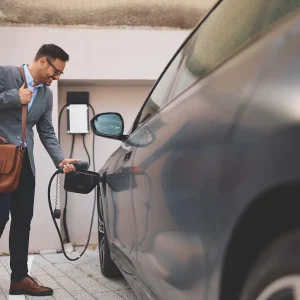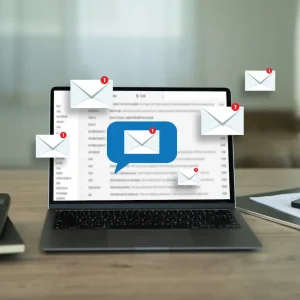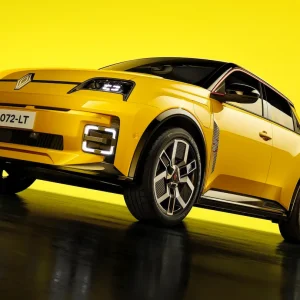Rather than wait for your current lease deal to expire, Tom Webster highlights alternative methods of reducing your fleet’s carbon footprint
What with petrol prices rising on an almost daily basis and talk of recession cropping up regularly in the press, it is now more apparent than ever that the need to cut fleet running expenses is ever pressing.
How to cut costs is one of the biggest headaches facing fleet managers.
An obvious method is to replace the entire fleet with the types of economical and ecological vehicles car manufacturers are increasingly producing.
But in reality this is rarely possible overnight as contracts can’t be changed at the drop of a hat.
However, there are initiatives that can be implemented without major effort, changes to policy or a huge financial outlay.
1. Satnav
It’s claimed by aftermarket makers that their products don’t just help businesses reduce mileage, save fuel and lower carbon emissions, but also help companies manage their fleets better.
“It helps by improving journey planning and giving accurate estimated times of arrival,” says manufacturer Trafficmaster, claiming that the technology does more than just direct drivers along unfamiliar routes.
Trafficmaster also claims to be able to monitor UK traffic flow: “We are unique in that we use road speed knowledge with black box technology. It then aims for the optimum route at all times. A motorway may be travelling slowly at 40mph, but if the alternative is through a town at 30mph then it will continue the route along the motorway.”
Aftermarket systems can be connected to any vehicle already on the fleet and can cost no more than a couple of hundred pounds. If this seems dear, bear in mind that factory-fit systems sometimes cost a couple of thousand.
BEST FOR.
. Fleets regularly driving on unfamiliar roads
. Peak time or urban driving
2. Fuel cards
“One of the best tools to assist fleets in the monitoring of their fuel use and subsequent CO2 emissions is a fuel card,” says card supplier Arval. “It can provide accurate data relating to the volume and type of fuel used.”
The company may have a point because, as it states: “Measurement is critical to know your starting point irrespective of the vehicles on your fleet. It may just be used for monitoring purposes, but it could also be used to set up incentive programmes, to see if driver training is necessary or for offsetting purposes.”
However, Damian James, fleet manager for Bracknell Forest Council, says: “The issue with cards is that it is difficult to monitor mileage and so measure mpg. It relies on drivers giving the correct figure when they fill up.”
Steve Johnson of driver training firm DriveTech points out another potential problem: “If you pay for fuel on a card you don’t think about the price [and therefore the cost to the environment]. But if you pay for it yourself and have to claim the cost back then you think about the cost much more.”
Johnson believes the key is communication with drivers: “If you constantly remind people they’re representatives of the company it’ll help. Rather than beating them over the head, get them to understand the issues involved.”
BEST FOR.
. Working out what impact your fleet is having on the environment
. Monitoring and keeping a lid on drivers’ spending





